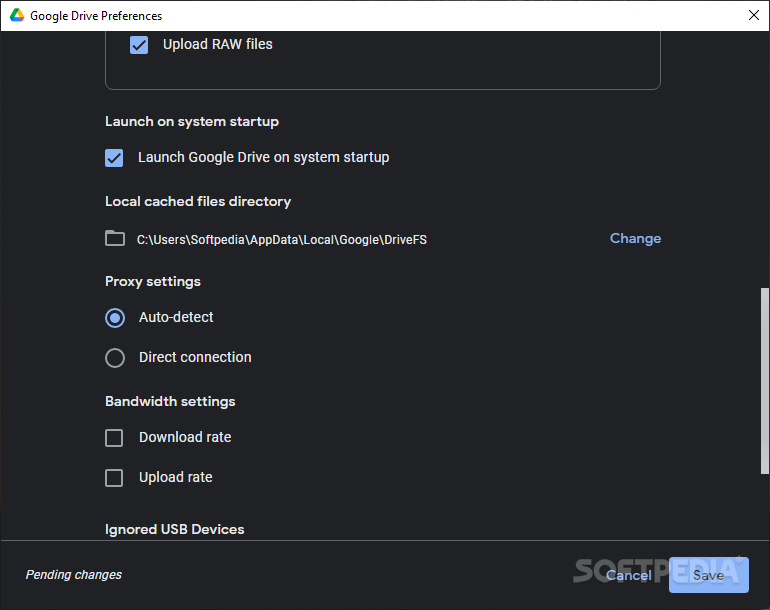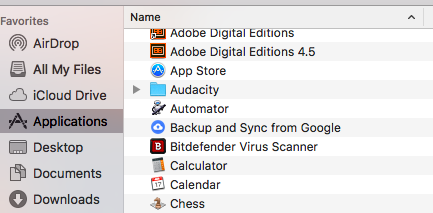

- #DOWNLOAD GOOGLE BACKUP SYNC REPORT INSTALL#
- #DOWNLOAD GOOGLE BACKUP SYNC REPORT ANDROID#
- #DOWNLOAD GOOGLE BACKUP SYNC REPORT PC#
- #DOWNLOAD GOOGLE BACKUP SYNC REPORT OFFLINE#
Gphotos-sync will keep a log of activity in the same folder your photos are synced to, called gphotos.log. This may take a long time the first time you sync, especially if you have a large photo collection, or a slow connection to the Internet. If not, you may need to do the above step again, taking care to login with the correct Google account, and copy the response token carefully. If successfully authorised, it will proceed to sync your photos.

Copy and paste that back into the terminal running gphotos-sync. Once signed in, and permission granted to your photo collection, you’ll be presented with a response token. Take the URL and paste it into your browser where you should login under the Google account you wish to sync photos from. The application will start, and then request you click a URL. $ mkdir /home/alan/Photos $ gphotos-sync /home/alan/Photos Create the folder then run gphotos-sync and point it to that folder.

#DOWNLOAD GOOGLE BACKUP SYNC REPORT INSTALL#
Installing gphotos-sync is as simple as snap install gphotos-sync. If your distribution lacks snap support, that can be added by following the simple directions at Gphotos-sync is published in the Snap Store, so can be installed on a wide range of systems running popular Linux distributions. Once setup, it can be run on a regular basis, to ensure all the pictures stored in the cloud are also stored locally on your own storage. It’s purpose is to backup Google Photos and Albums using the Google Photos Library API. Gphoto-sync is an open source command-line tool written in Python. There’s also the worry that the Google Photos service might one day go away, and so might your pictures.
#DOWNLOAD GOOGLE BACKUP SYNC REPORT OFFLINE#
Wouldn’t it also be handy to have a local backup of your treasured pictures? Perhaps to put on a photo frame, or to do some offline editing, or share with non-smartphone members of the family. Indeed many cellphone users have never physically connected their device to a PC. These days, cellphone users typically rely on WiFi or their carrier connection to backup photos and videos to ‘the cloud’, and rarely connect it to a computer for backups.
#DOWNLOAD GOOGLE BACKUP SYNC REPORT PC#
In the past phones were commonly connected to a PC to transfer data, music and photos.
#DOWNLOAD GOOGLE BACKUP SYNC REPORT ANDROID#
Many Android and some iOS users have chosen to store their photos in the free or paid Google Photos service. For most, the single, double or even triple cameras on modern phones are great for making memories. With a smart phones in their pocket, most people don’t bother carrying a traditional camera anymore.


 0 kommentar(er)
0 kommentar(er)
